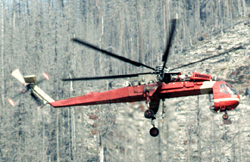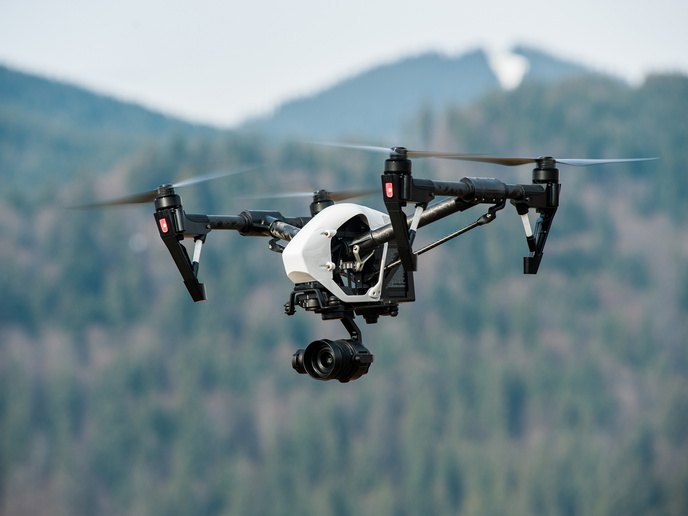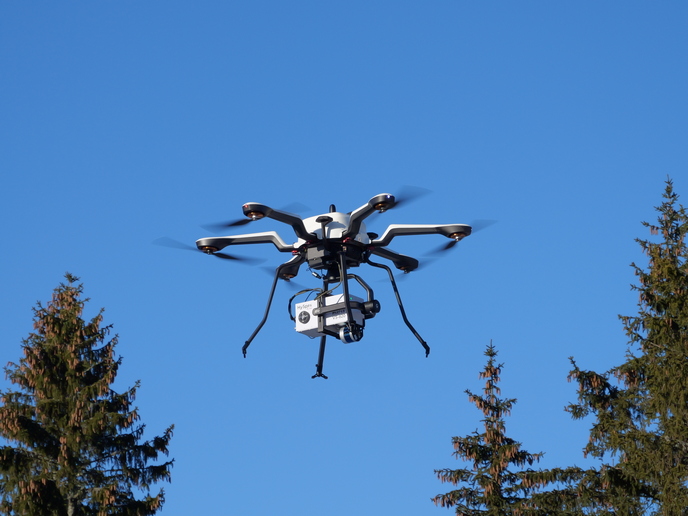Advances in helicopter fuselage design
The fuselage, being the central body of a helicopter, must be strong and streamlined since it must withstand the forces that are created in flight. It houses the flight crew, passengers and cargo. Five different stress factors act on a helicopter whilst in flight: tension, compression, bending, shear and torsion. The source of these stresses is the air-resistance force. The resistance that a helicopter experiences, especially in forward flight, is known as drag and depends strongly on the shape of the fuselage. The better streamlined a fuselage is, the less drag it experiences. Consequently, fuselage design is of primary importance. Specifically for helicopters, it is well known that in high-speed forward flight the fuselage is responsible for as much as 50% of the total drag. Currently available methods for estimating fuselage drag are of low accuracy and designers basically rely on numerical tests that use small wind tunnel models. Such wind tunnel tests though, are conducted with low Reynolds number and therefore cannot be directly used for the estimation of a helicopter's performance. To aid the industry in the development of a new and advanced rotorcraft, the HELicopter FUSElage (HELIFUSE) project has achieved the reduction of the fuselage drag with the development of reliable prediction tools and the conduction of a number of accurate wind-tunnel tests. Reliable prediction tools offer the ability to optimise fuselage shape and reduce the drag at the early stages of the design process. Whereas reliable wind tunnel tests techniques offer accurate estimation of the drag before the first prototype flights. The outcome of the HELIFUSE project have improved both the experimental knowledge and simulation and the numerical prediction algorithms. The considerable insight gained consists of a significant first step towards a real helicopter configuration. Possible future developments like the inclusion of turbulence modelling and grid generation/adaptation techniques have also been considered by the project partners. Decreasing the fuselage drag will have immediate positive consequences for the helicopter market since less drag means higher speeds, longer ranges and reduced operational costs.







